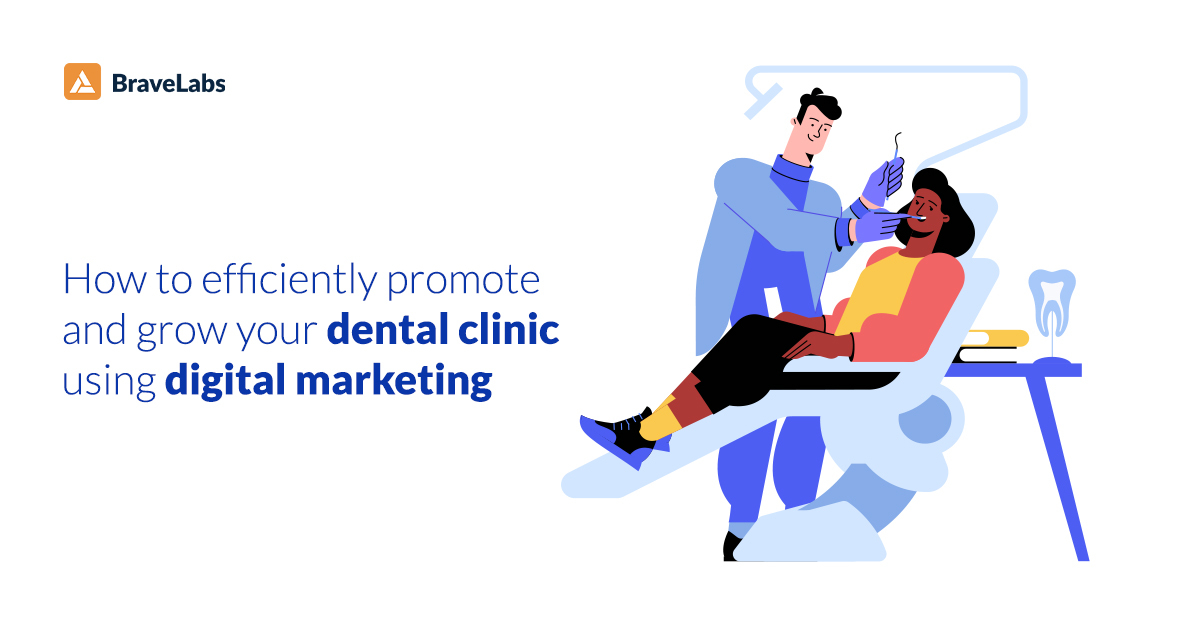Could using social media groups be a novel way for physicians to engage better with patients?
Introduction
Social media has become an
integral part of our daily lives, and it has also become a powerful tool for
businesses and organizations to connect with their audience and promote their
products and services. In the healthcare industry, social media can be a
valuable tool for physician groups to engage with their patients and build a
strong community.
One way that physician groups
can use social media effectively is by creating and managing social media
groups. These groups allow physicians to connect with patients in a more
personal and interactive way, and they can also be a powerful tool for fighting
the corporatization of healthcare.
Social media groups are online
communities that are created and managed on social media platforms such as
Facebook, LinkedIn, or Reedit. These groups can be public or private, and they
allow members to share content, discuss topics, ask questions, and interact
with each other.
Why are social media groups important for physician groups?
There are several reasons why social media groups can be a valuable tool for physician groups:
• Personal
connections: Social media groups allow physicians to connect
with their patients in a more personal and interactive way. This can help to
build trust and strengthen the patient-doctor relationship.
• Community
building: Social media groups can help to build a sense of
community among patients and physicians. This can be especially important for
patients who may feel isolated or disconnected from the healthcare system.
• Patient
education: Social media groups can be a valuable tool for
educating patients about their health and providing reliable information.
Physicians can share articles, videos, and other resources with their patients
to help them better understand their health and how to manage it.
• Feedback
and engagement: Social media groups can provide a platform for
physicians to seek feedback and engage with their patients. This can help
improve the quality of care and ensure that patients’ needs are met.
• Fighting
corporatization: The corporatization of healthcare has led to a
greater emphasis on profits and less focus on patient care. Social media groups
can be a powerful tool for physician groups to fight back against this trend
and advocate for their patient’s needs.
How can
physician groups create and manage social media groups effectively?
• Establish
clear rules and guidelines: It’s important to establish clear
rules and guidelines for your social media group to ensure that it is a safe
and respectful place for everyone. This can include rules against spamming,
personal attacks, and sharing misinformation.
• Engage
with your audience: To build a strong community, it’s important
to actively engage with your audience and encourage participation. This can
include asking questions, responding to comments and messages, and sharing
relevant content.
• Monitor
and moderate the group: It’s important to monitor the group for
any inappropriate or harmful content and take action to remove it. This can
help to ensure that the group remains a safe and positive place for everyone.
Conclusion
In conclusion, social media
groups can be a powerful tool for physician groups to engage with their
patients and build a strong community. By choosing the right platform,
establishing clear rules and guidelines, engaging with their audience, and
actively moderating the group, physician groups can effectively use social
media to fight the corporatization of healthcare and advocate for their
patients.
Social media groups have the
potential to be a novel way for physician groups to engage better with patients
and fight the corporatization onslaught.
One of the main benefits of
using social media groups is that they allow for quick and easy communication
between physicians and patients. This can be especially useful for patients who
may not have the time or resources to visit a physician in person, or for those
who live in rural or underserved areas. Social media groups can also provide a
platform for patients to ask questions and receive timely responses from their
physicians, which can help to build trust and foster a more collaborative
relationship.
Additionally, social media
groups can be a useful tool for physicians to share information and resources
with their patients. For example, they can use the platform to post updates
about new treatments or therapies, share articles or videos on health topics,
and provide links to relevant websites or online resources. This can help to
educate patients and empower them to take a more active role in their own
healthcare.
Another potential benefit of social media for
physicians is that they can help to combat the
corporatization of healthcare. In recent years, there has been a trend toward
the consolidation of healthcare providers, which has led to a decrease in
competition and an increase in prices. By using social media groups, physician
groups can bypass traditional channels and directly connect with patients,
providing them with an alternative to corporate-owned practices.
However, it is important to
note that social media groups are not a panacea and there are potential
downsides to consider. For one, they may not be suitable for all patients,
especially those who are not comfortable using social media or who do not have
access to a device or internet connection. Additionally, there are concerns
about privacy and security when it comes to sharing personal health information
online. It is important for physician groups to be transparent about their data
collection and use policies and to take steps to ensure the security of their
social media groups.
BraveLabs, a healthcare marketing agency that
provides best marketing services to
physicians, can help physicians to connect with their
patients in a more personal and interactive way.


.jpg)

Comments
Post a Comment